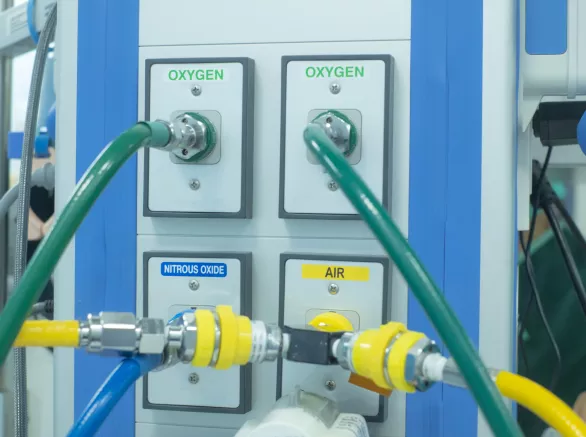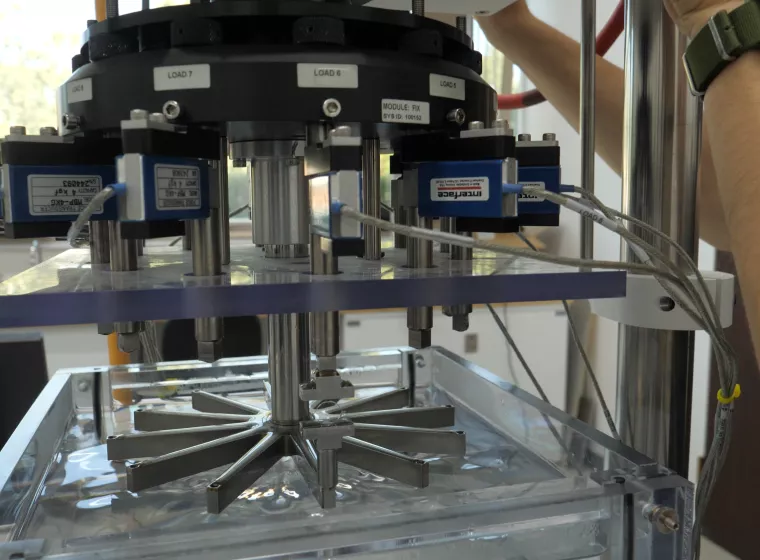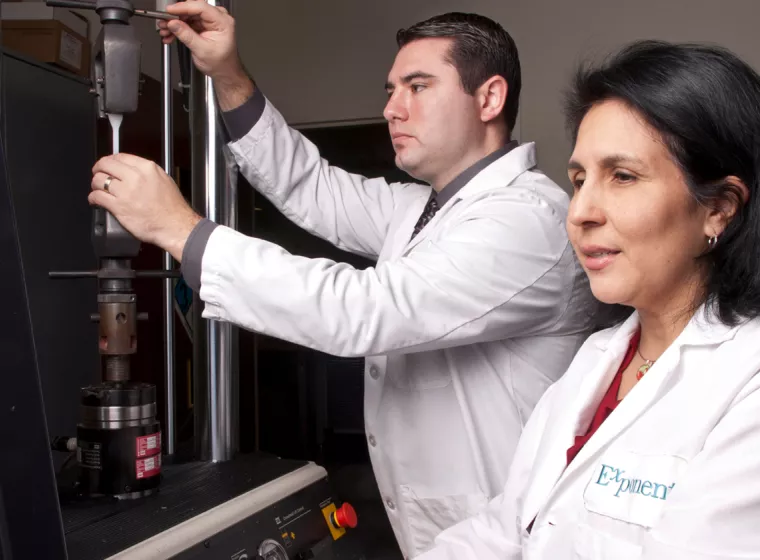October 24, 2024
Agency currently collecting comments on methods for testing and documenting medical device biocompatibility
The Food and Drug Administration released a draft guidance document for medical device manufacturers and FDA staff titled "Chemical Analysis for Biocompatibility Assessment of Medical Devices." The document provides detailed recommendations that expand on the FDA-recognized consensus chemical characterization standard, ISO 10993-18:2020. With these recommendations, the guidance aims to improve the consistency and reliability of chemical analysis for biocompatibility assessments by addressing more specific considerations for information gathering, test article extraction, chemical analysis, and data reporting.
Notably, the draft document includes guidance for using alternative methods to animal testing to assess medical device biocompatibility, including the following methods.
- Chemical Characterization: This method can be used as an alternative to biological testing for evaluating certain biocompatibility endpoints when combined with toxicological risk assessment (TRA) as well as determining equivalency with a previously established safe device.
- Non-Targeted Analysis: This type of analytical chemistry testing uses a non-targeted approach to identify and semi-quantify chemicals present in device extracts.
- Targeted Analysis: This type of analytical chemistry testing involves fully quantifying constituents expected to be present in a device.
- Simulated-Use or Leachables Studies: These studies simulate clinical use of the device to refine exposure estimates for a more accurate TRA.
The document also addresses key challenges in chemical characterization for biocompatibility assessment of medical devices, such as those below.
- Variability in Methodology: The document cautions that inconsistent approaches across laboratories can lead to unreliable results.
- Extraction Conditions: The document addresses the importance of choosing appropriate conditions to simulate worst-case scenarios to avoid underestimating tissue exposure.
- Chemical Identification: The document provides a detailed workflow process to support decision-making at each step in the process for identifying and quantifying unknown extractables, especially those below toxicological thresholds.
- Data Reporting: The document considers steps for ensuring comprehensive and transparent reporting of test methods, results, and any deviations.
- Consistency and Reliability: The draft guidance provides specific recommendations on quality assurance parameters, such as performing extractions in triplicate.
Additionally, the document offers detailed recommendations for scientific processes such as solvent compatibility, elemental analysis, extraction, sample processing, and more. It also features recommendations for data analysis and reporting, including the creation of comprehensive test reports with method summaries, protocol deviations, and detailed results.
FDA will be accepting comments on this document until Nov. 18. Comments can be submitted under docket number FDA-2024-D-4165 at www.regulations.gov.
What Can We Help You Solve?
Exponent's team of analytical chemists, biologists, and toxicologists can help you review testing protocols to support conformance to FDA's draft guidance and ISO 10993-18:2020, identify key strategies for risk mitigation using existing data, and perform biological (10993-1) and toxicological (10993-17) risk assessments to inform decision-making about your products.
Insights












![Medical Devices [EECS]](/sites/default/files/styles/cards_home_card/public/media/images/GettyImages-523306516.jpg.webp?itok=4e0Y2HMn)
![[MCE] [BES] Medical Device Development Support - a tray of surgical tools](/sites/default/files/styles/cards_home_card/public/media/images/GettyImages-1296782647.jpg.webp?itok=N2clVZFq)